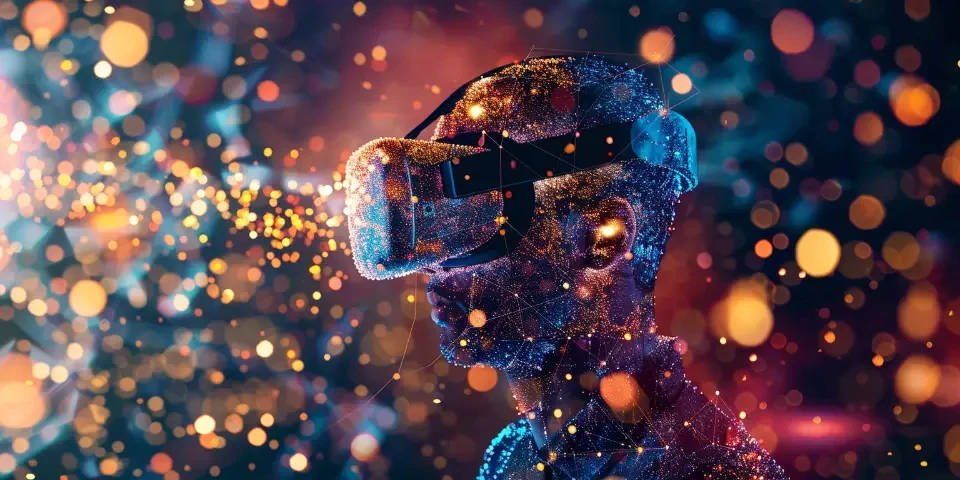With the rapid advancement of artificial intelligence (AI) technologies, concerns about privacy and data security have become paramount. The potential for AI to undress photos automatically raises significant ethical and privacy questions. However, when used responsibly, AI can play a crucial role in enhancing privacy and securing sensitive information. In this article, we will explore how AI can be utilized to safely and seamlessly undress photos while maintaining privacy and consent.
1. Establishing Consent and Ethical Boundaries
Prior to utilizing AI technologies to undress photos, it is essential to obtain explicit consent from all individuals involved. By ensuring that subjects are aware of and agree to this process, privacy concerns can be addressed effectively. Ethical boundaries must be established to regulate the use of such technologies, ensuring that they are not misused or exploited.

2. Anonymization Techniques
AI can be employed to remove identifying information from photos, such as faces, tattoos, or distinctive features. Through advanced image recognition algorithms, sensitive personal information can be effectively anonymized, protecting individuals' identities and privacy.
3. Securing Data Storage and Transmission
When working with sensitive images, it is crucial to implement robust security measures for data storage and transmission. Encryption techniques, secure servers, and end-to-end encryption protocols must be employed to safeguard the data from unauthorized access or breaches.
4. Facial Recognition Technologies
AI-powered facial recognition technologies can play a vital role in verifying consent and ensuring the authenticity of images. By matching the undressed photo with an individual's facial features in other consented images, the risks of non-consensual usage and fake images can be mitigated.
5. Differential Privacy Mechanisms
Differential privacy is a method that allows for the analysis and utilization of data while preserving the privacy of individuals. By adding noise or perturbations to the undressed photos during data processing, AI algorithms can provide valuable insights without disclosing specific personal information.
6. User-Controlled Privacy Settings
AI-powered tools and applications should incorporate user-controlled privacy settings, enabling individuals to determine the level of access and visibility of their undressed photos. This empowers users to maintain control over their data, reinforcing privacy and consent.
7. Multi-Factor Authentication for AI Tools
Implementing multi-factor authentication for AI tools ensures that only authorized individuals can access or operate such technologies. This adds an extra layer of security and prevents potential misuse by unauthorized users.
8. Continuous Monitoring and Auditing
To maintain transparency and accountability, continuous monitoring and auditing systems should be established. Regular assessments of AI algorithms, data handling practices, and privacy measures need to be conducted to identify and address any potential vulnerabilities or risks.
FAQs:
Q1: Can AI undress photos without consent?
A1: No, it is crucial to obtain explicit consent from all individuals involved before using AI to undress photos. Ethical boundaries and privacy laws must be adhered to, ensuring consent is the foundation of any such process.
Q2: Are there any laws or regulations governing the use of AI in undressing photos?
A2: While laws and regulations vary across jurisdictions, many countries have privacy laws in place to protect individuals from non-consensual use of their images. Adhering to these laws is essential when utilizing AI technologies for undressing photos.
Q3: How can individuals protect their privacy when using AI-powered photo editing tools?
A3: Individuals should carefully review the privacy settings of the AI tools they are using and ensure they understand how their data is being handled. Opting for tools that prioritize user-controlled privacy settings can help maintain control over personal information.
References: - Privacy laws in your country - [Provide relevant website or resource] - Differential Privacy: A Primer - [Provide relevant academic paper]
Join Wemate AI for epic debates about whether brussels sprouts are edible or only meant for torturing kids! Let’s tackle this culinary peril together!






